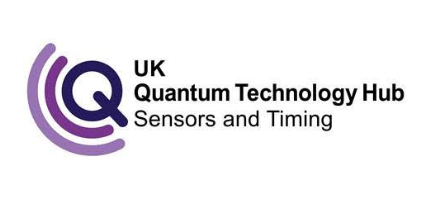The University of Bristol’s very own UKSEDS branch, Bristol SEDS, launched it’s maiden project last week to collect Upper tropospheric dust particles, via High Altitude weather balloon as well testing the standard atmosphere model and taking some tourist snaps. Using an old goods box salvaged from a local Chinese take away, a spare digital camera, a couple of hand warmers, a free MBed from the nice people at MBed, lots of gaffa tape, a man named Steve and generous funding from the Aerosol society and the Royal Meteorological society, not to mention NEXUS we were able to send our payload to 20,000 feet. Construction, coding and testing completed by within 2 months and was successfully launched from EARS near Cambridge on August the 13th. Despite fears it would end up in the North sea the payload was successfully recovered in a field south of Norwich having travelled 60 miles with all the important scientific equipment. Dramatic photos, vital data and the ice nucleation particles from the upper atmosphere were recovered and are awaiting further analysis to be published this autumn. The successful team helped themselves to cake as a reward!
Full report
Research into the technicalities of a high altitude balloon mission began in December 2010 and continued throughout the academic year. There were many aspects to look into, such as the science of helium launches, the building of tracking devices, the programming of the payload, and the safety restrictions and legalities.
After posting a question about suitable launch sites on the UK High Altitude Society website, we were contacted by Steve Randall of Random Engineering (the primary meteorological balloon supplier in the UK) very kindly offering us the use of the East Anglian Rocketry Society launch site near Elsworth, Cambridgeshire. The site had a summer-long Civil Aviation Authority weekend permit for balloon launches, and Steve’s considerable experience in launches from there meant that many hurdles were thereby overcome.
A microcontroller was donated by mbed and a polystyrene chilled foods container reused from a local whole foods shop. Insurance cover was arranged with the University of Bristol and guidance given by a senior lecturer in flight mechanics. Matters were complicated somewhat by the end of the university term when most of the team had to leave Bristol to return to their respective home towns, but frequent communication via email meant that tasks could still be completed and the payload assembled.
In the days leading up to the launch, the CU Spaceflight Landing Predictor (http://habhub.org/predict/) was used to estimate the trajectory of the balloon. Following this, the launch had to be postponed once due to an inappropriate predicted landing location. Rescheduling meant that unfortunately several members of the team were unable to make it to the site but they were in contact via mobile phone during the day. Those that could make it travelled from Wiltshire, Kent and London to meet at Biggleswade; from there they made their way to the site in time to prepare for the launch.
The initial plan was to use 2.5m3 of helium, but following several predictions of a landing in the North Sea, the decision was made to increase this volume to 3m3. This increased the ascent rate, thus vertically traversing the high altitude winds without too much horizontal deviation. The launch itself went without problems, and the team, with Steve, drove in the general direction of the balloon’s flight. A radio was picked up near Diss and the payload located and retrieved from a field.
The photos were very successful, as were the temperature and pressure measurements. The humidity data revealed a fault in the probe causing two lines of data to be recorded at once on several occasions. The aerosol investigations in the SEM proved more time consuming than initially anticipated so it was not possible to acquire qualitative results. Systematic targeting of particles on samples and controls over a significant time period would be require for any statistical analysis. Nevertheless, the concept of collecting particles on carbon pads and analysing them using EDX was proved and perhaps in future the experiment will be continued.
Future missions will first concentrate on improving the tracking system to ensure safe recovery after each launch. Numerous projects are envisioned, including an extension of the aerosol study using onboard experiments, testing the effects of radiation on electronics, measuring how the intensity and type of radiation changes with altitude, and a cosmic ray experiment using photographic film. Adaptations to the balloon flight itself are also a possibility, for example attempting to maintain the balloon at a constant altitude for a set time or launching a rocket from the payload just before burst height to try to reach the space boundary. Now that a successful mission has been completed, public and/or schools could be invited to future launches as outreach events.









Comments are closed.